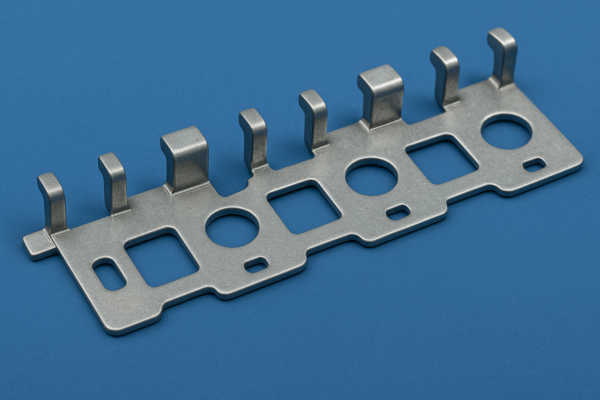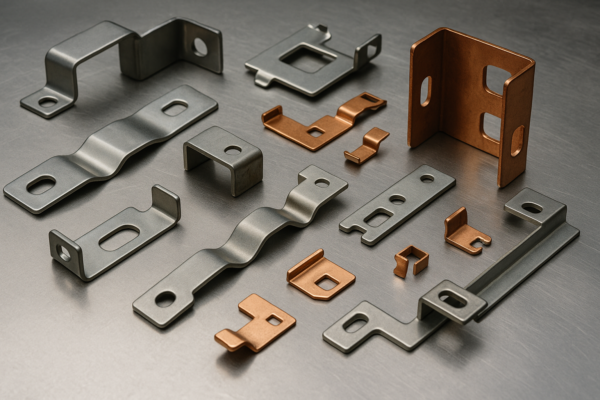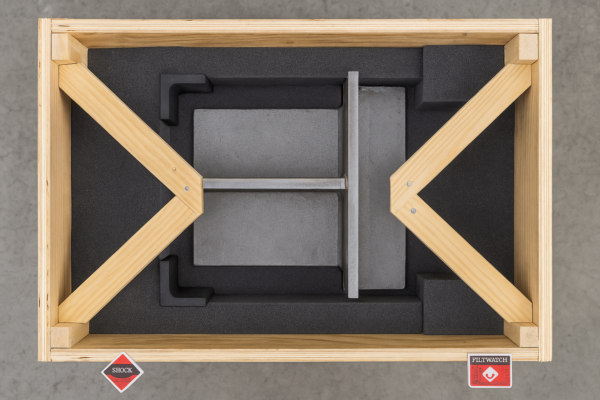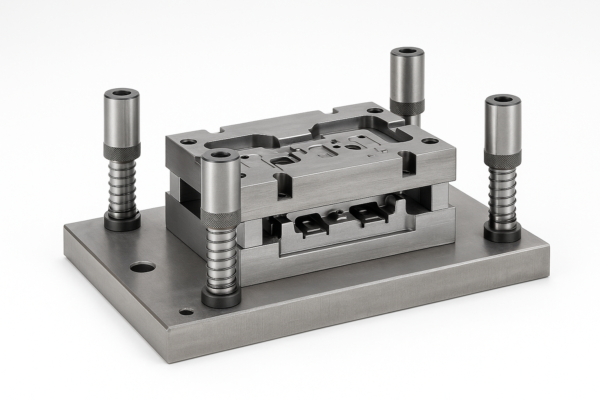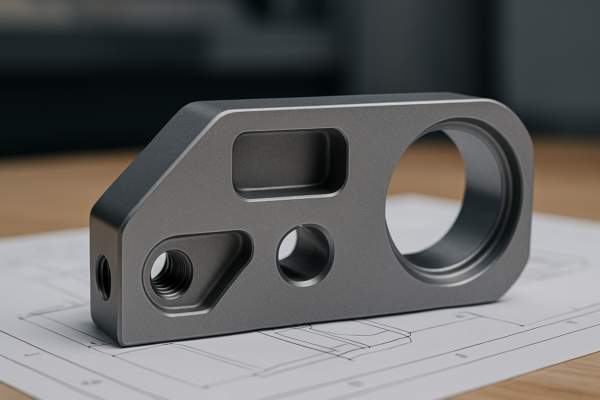What is the Difference Between Stamping and Fabrication?
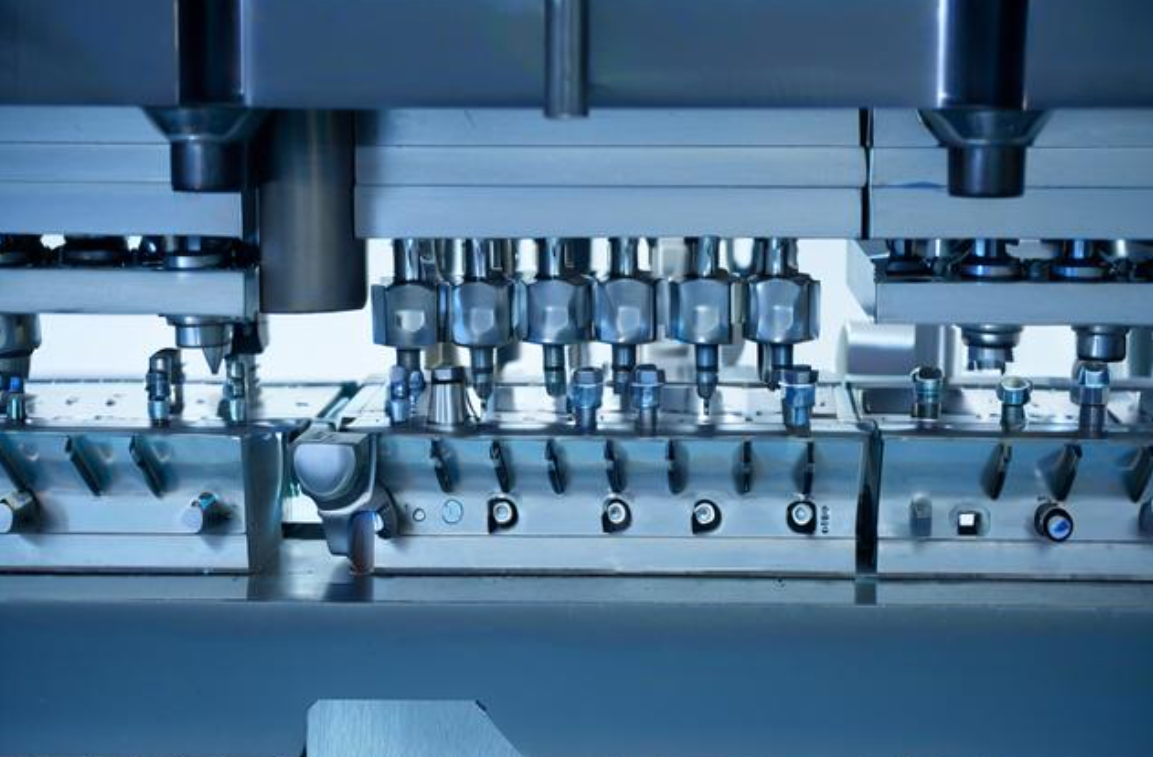
Many buyers ask: What is the difference between stamping and fabrication? While they may sound similar, they’re fundamentally different in both technique and application.
Stamping is a high-speed forming process using dies and presses. Fabrication is broader—it includes cutting, welding, and assembly to create complete structures.
In this conversation-based guide, we’ll walk through all the key differences and common misunderstandings, using real-world insights from sourcing expert Kevin and engineer Leo from Prime Custom Parts.
📚 Table of Contents
- Is stamping a fabrication process?
- What is the difference between stamping and welding?
- What does stamping mean in manufacturing?
- What is the difference between stamping and forming?
- FAQs
- Contact Prime for a Quote
Is Stamping a Fabrication Process?
Kevin (Buyer):
I’m reviewing production quotes. Some vendors list stamping under fabrication. So… is stamping considered a fabrication process?
Leo (Engineer, Prime):
Technically, yes—but it depends on context. Metal stamping is a type of fabrication, but when we talk about "fabrication" in the industry, we usually mean processes like cutting, welding, and bending that are manually or semi-manually controlled.
Comparison Table:
| Category | Stamping | Fabrication |
|---|---|---|
| Process Type | Die-driven, automated | Cutting, bending, welding, assembling |
| Typical Output | High-volume, identical parts | Custom assemblies or structural frames |
| Common Machines | Press machines, stamping dies | Welders, shears, brakes, CNC tools |
Leo:
So in summary, stamping is part of the fabrication family, but it’s much more specialized, high-speed, and used mainly for precision parts.
What is the Difference Between Stamping and Welding?
Kevin:
Got it. But what about stamping vs welding? That’s a bit more clear, right?
Leo:
Yes, they’re very different. Stamping shapes flat metal sheets into precise parts using force. Welding joins two or more components using heat.

Key Differences:
| Aspect | Stamping | Welding |
|---|---|---|
| Function | Shapes or cuts sheet metal | Joins parts using heat/fusion |
| Process Speed | Extremely fast (hundreds/minute) | Slower, manual or robotic |
| Use Case | Creating brackets, terminals, housings | Assembling chassis, beams, tubes |
| Ideal Volume | Mass production | Low to medium volume or complex builds |
Leo:
For example, Prime uses stamping to make precise connector plates, then welding to assemble them into housings or enclosures.
What Does Stamping Mean in Manufacturing?
Kevin:
Let’s go back a step. What does stamping mean in manufacturing, exactly?
Leo:
Stamping in manufacturing means forming metal sheets into shapes using presses and dies. It includes operations like blanking, bending, punching, and coining.
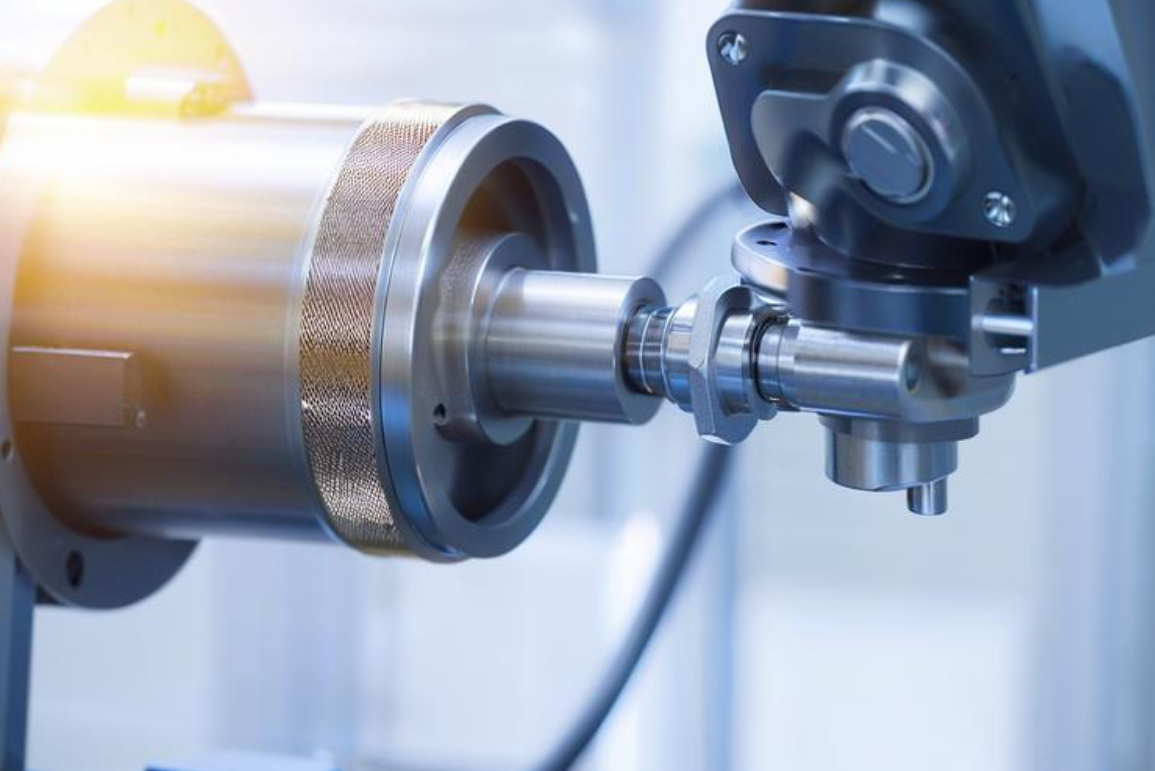
Stamping Process Overview:
- Die Design – Custom tooling for the part
- Material Feeding – Sheet metal is fed into the press
- Pressing – Die shapes the material
- Part Ejection – Finished part is ejected for inspection
Applications:
- Automotive body panels
- Electrical terminal contacts
- Consumer electronics brackets
Leo:
Stamping is the go-to when you need fast, repeatable, and precision-formed components at scale.
What is the Difference Between Stamping and Forming?
Kevin:
Ok, one more. What’s the difference between stamping and forming? Aren’t they basically the same?
Leo:
Good question. Forming is a general category. It refers to reshaping materials without removing material. Stamping is one type of forming—but specifically uses a press and die.
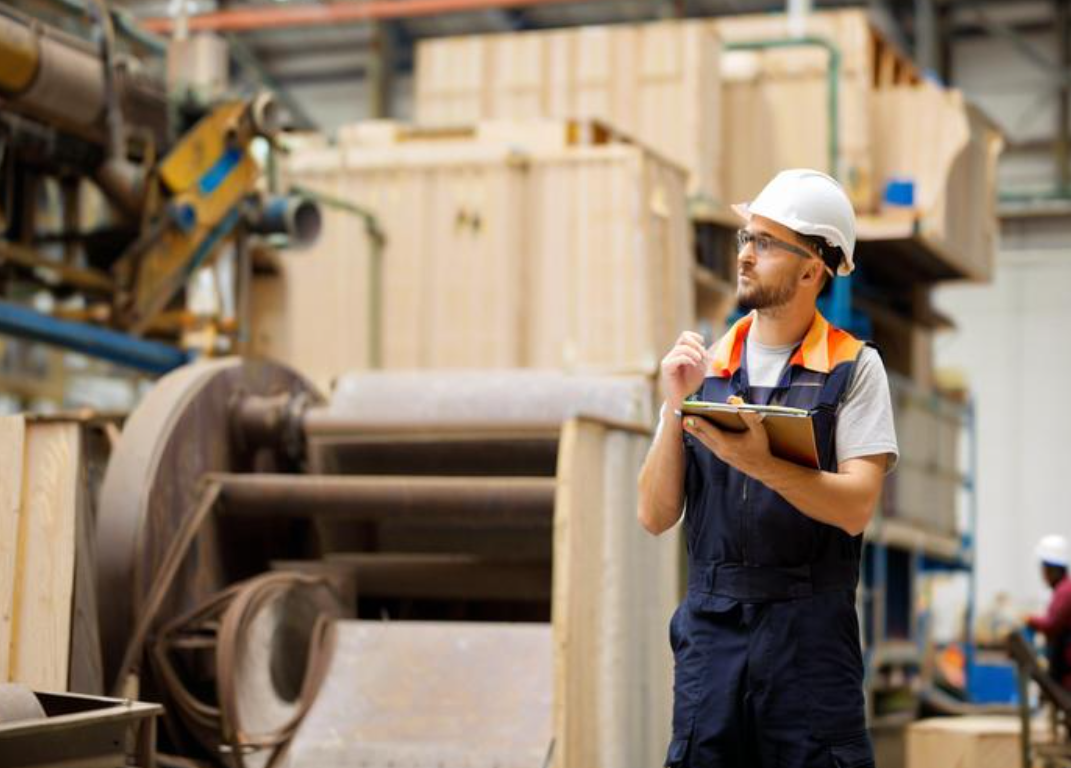
Clarifying Terms:
| Term | Definition |
|---|---|
| Forming | Any process that reshapes material without cutting it |
| Stamping | A forming method using high-speed presses and dies |
| Bending | Manual or machine-based angle forming |
| Deep Drawing | Pulling material into a die cavity to form depth |
Leo:
So: All stamping is forming, but not all forming is stamping.
FAQs
1. Is stamping or fabrication better for prototypes?
→ Fabrication. It’s more flexible and doesn’t require expensive dies.
2. Can stamping replace welding?
→ No. Stamping creates parts; welding assembles them. They’re often used together.
3. What industries use both?
→ Automotive, appliance, aerospace, and electronics all combine metal stamping and fabrication.
4. Is CNC machining part of stamping?
→ No. CNC is subtractive, stamping is formative.
5. Do you offer both services?
→ Yes. Prime offers custom stamping and precision fabrication with ISO 9001 certification.
Contact Prime for a Quote
📧 Email: [email protected]
🌐 Website: https://primecustomparts.com
Need help choosing between metal stamping or fabrication? We’ll analyze your drawings and recommend the most cost-effective process.
Get a free design review, production quote, and technical advice from the experts at Prime.
Conclusion
Understanding the difference between stamping and fabrication helps you select the right process, avoid unnecessary cost, and get the best part performance. Prime offers both—with fast lead times and certified quality.

